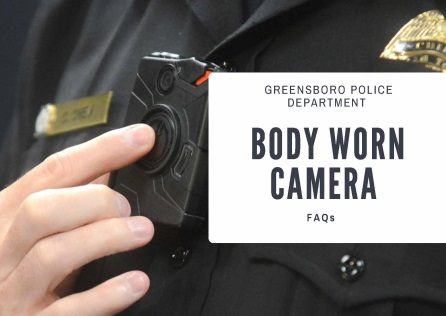In View From the Field: Miami-Dade, Florida, Police Department
The Miami-Dade, Florida, Police Department (MDPD) is the largest municipal police department in the Southeastern United States, with over 2,800 sworn officers and 1,500 civilian workers spread throughout eight district police stations.

 Agencies seeking to implement BWCs should hold multiple meetings with the community to leverage partners such as the NAACP, ACLU, and victims’ advocates. BWC PIP agencies note the importance of seeking input from the community in the policy development phase and being transparent about each phase of the deployment process. Some agencies have tried various methods (e.g., postcards, online surveys, town hall meetings) to inform, engage, and gather input from their communities.
Agencies seeking to implement BWCs should hold multiple meetings with the community to leverage partners such as the NAACP, ACLU, and victims’ advocates. BWC PIP agencies note the importance of seeking input from the community in the policy development phase and being transparent about each phase of the deployment process. Some agencies have tried various methods (e.g., postcards, online surveys, town hall meetings) to inform, engage, and gather input from their communities.